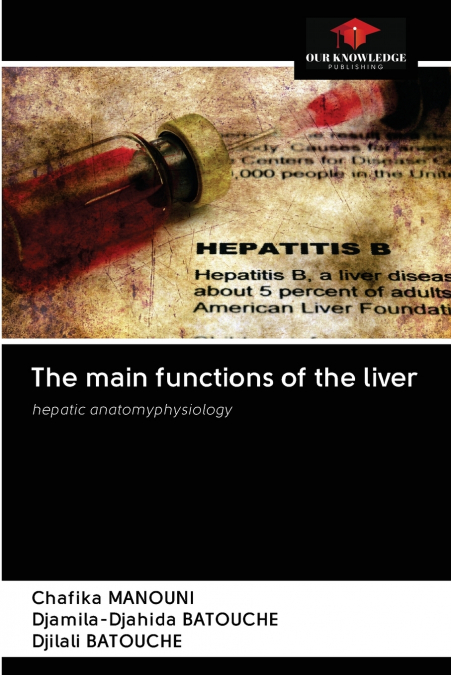
Chafika MANOUNI / Djamila-Djahida Batouche / Djilali BATOUCHE
The liver is the largest viscera in the body and therefore one of the most vascularized (it contains more than 10% of whole blood). It is located under the diaphragm, in the upper right part of the abdominal cavity.Because of the importance of this organ, each individual usually has more liver tissue than they actually need. The liver is also one of the few organs that regenerates quickly after injury or partial removal. The liver is an organ located under the diaphragm in the upper right part of the abdomen. The liver is the largest of the human viscera (2% of body weight in adults, or an average of 1.5 kg).The liver can be seen as a chemical factory that processes, transforms and eliminates various substances. It plays an important role in the regulation of blood glucose (sugar) as well as in the metabolism of fats, proteins, blood clotting factors and certain drugs.The liver synthesizes and secretes many substances, including bile and bilirubin. Bile, a greenish liquid, is necessary for the absorption of fats and certain vitamins.